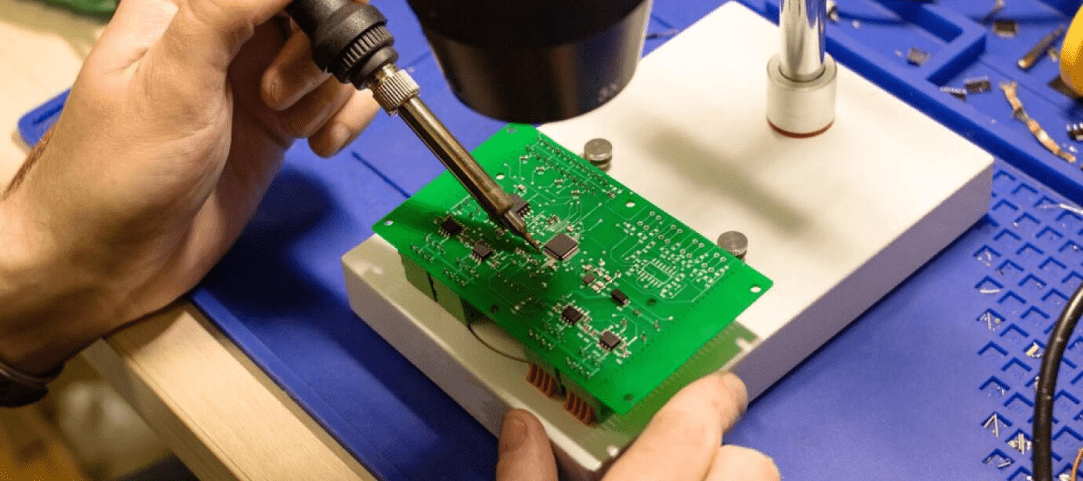L
ibrary Management in the context of Schematic and PCB (Printed Circuit Board) design is a crucial element in the field of Electrical and Electronics Engineering. ACUFORE plays a significant role in this domain, providing services such as managing Bill of Materials (BoM), creating Schematic Symbols, and developing PCB Footprints adhering to customer specifications and industry standards.
_____________________
Challenges
Diverse Inputs: Managing various inputs from customers, including part numbers, manufacturer names, datasheets, and customer specifications, requires a robust system for organization and interpretation.
Standard Compliance: Adhering to industry standards, such as IPC-7351 for PCB footprints, can be challenging due to the evolving nature of standards and the need for precision in schematic symbols and footprints.
Data Accuracy: Ensuring accuracy in part numbers, manufacturer names, and other data is crucial to avoid errors in the library, as inaccuracies can lead to design issues and delays.
3D Model Integration: Developing 3D STEP models, when applicable, adds complexity to the library management process, as it requires alignment with both schematic symbols and PCB footprints.
Standard Compliance: Adhering to industry standards, such as IPC-7351 for PCB footprints, can be challenging due to the evolving nature of standards and the need for precision in schematic symbols and footprints.
Data Accuracy: Ensuring accuracy in part numbers, manufacturer names, and other data is crucial to avoid errors in the library, as inaccuracies can lead to design issues and delays.
3D Model Integration: Developing 3D STEP models, when applicable, adds complexity to the library management process, as it requires alignment with both schematic symbols and PCB footprints.

_____________________
Approach
Library Management for Schematic:
Schematic Symbol Creation: Develop IEEE/Datasheet specified schematic symbols ensuring they accurately represent the electrical characteristics of the components.
Symbol Attributes/Parameters: Define and manage symbol attributes and parameters to enhance the intelligence of the schematic symbols, providing critical information to designers.
Library Management for PCB:
PCB Footprint Creation: Adhere to IPC-7351 (Class-A/B/C) standards for PCB footprints, ensuring compatibility and reliability during the PCB layout phase.
Customer Guideline Compliance: Incorporate customer specifications and guidelines for PCB footprint creation, ensuring that the library meets the specific requirements of the project.
3D Model Integration: When applicable, generate 3D STEP models that align seamlessly with both the schematic symbols and PCB footprints, providing a comprehensive representation of the component.
Schematic Symbol Creation: Develop IEEE/Datasheet specified schematic symbols ensuring they accurately represent the electrical characteristics of the components.
Symbol Attributes/Parameters: Define and manage symbol attributes and parameters to enhance the intelligence of the schematic symbols, providing critical information to designers.
Library Management for PCB:
PCB Footprint Creation: Adhere to IPC-7351 (Class-A/B/C) standards for PCB footprints, ensuring compatibility and reliability during the PCB layout phase.
Customer Guideline Compliance: Incorporate customer specifications and guidelines for PCB footprint creation, ensuring that the library meets the specific requirements of the project.
3D Model Integration: When applicable, generate 3D STEP models that align seamlessly with both the schematic symbols and PCB footprints, providing a comprehensive representation of the component.
_____________________
Conclusion
In conclusion, effective Library Management in Schematic and PCB design is essential for streamlining the electronic product development process. ACUFORE's approach, involving meticulous creation of schematic symbols, adherence to industry standards for PCB footprints, and integration of 3D models, addresses the challenges posed by diverse inputs, standard compliance, and the need for accuracy. This proactive strategy ensures that the library not only meets customer specifications but also facilitates efficient and error-free electronic design processes.
_____________________

